Table of Contents
In the world of dog behavior, there are often two terms that get used interchangeably: reactivity and aggression. However, it’s important to recognize that these are two distinctly different behaviors displayed by our canine companions. Reactivity refers to when a dog responds to a trigger in their environment in an exaggerated manner, often with barking, lunging, and growling. On the other hand, aggression occurs when a dog perceives a stimulus as a direct threat and responds physically, usually by biting or nipping. Understanding the difference between reactivity and aggression is crucial because it allows us to employ the appropriate management and resolution strategies. While reactivity can often be addressed through behavioral modifications that target underlying emotions and enhance tolerance to triggers, aggression may require the assistance of a professional to identify and address the root causes. Recognizing the early signs of arousal and redirecting the dog away from triggers can also help in managing reactive or aggressive behaviors. Ultimately, understanding the underlying cause of our furry friends’ behavior is key in ensuring they lead happy and stress-free lives.
Understanding the difference between reactivity and aggression in dogs
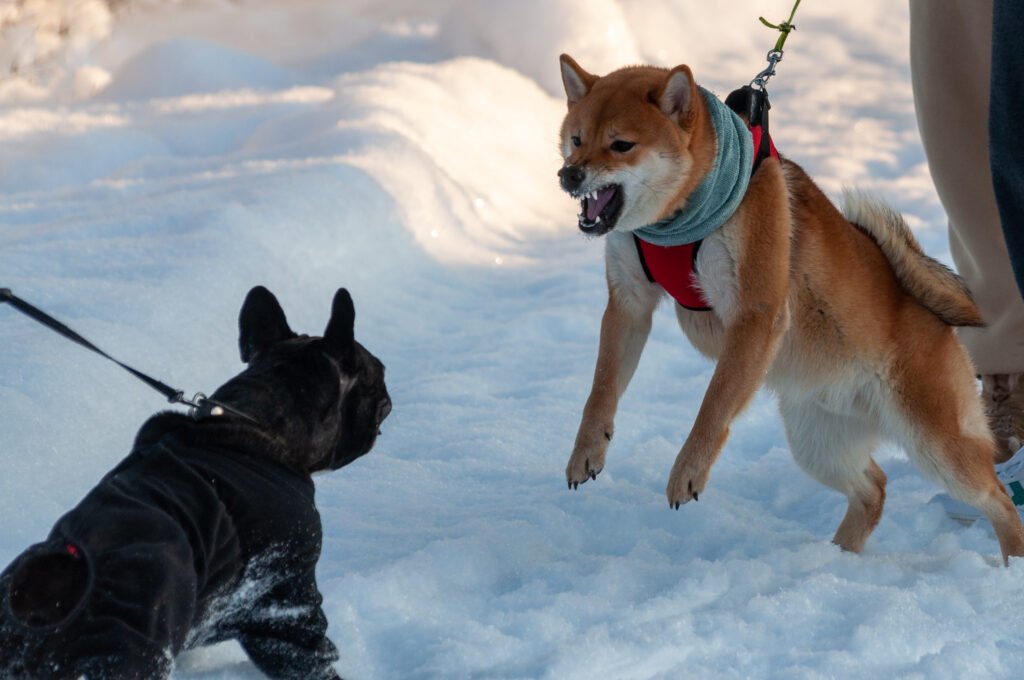
Reactivity and aggression: Two different behaviors in dogs
Dogs, like humans, can display a range of behaviors in response to certain situations. Reactive behavior and aggressive behavior are two distinct behaviors that dogs may exhibit. It is important to differentiate between the two in order to effectively manage and address these behaviors.
Reactivity in dogs occurs when they respond to a trigger in their environment in an exaggerated manner. This can manifest as barking, lunging, growling, or other defensive behaviors. Reactivity is often a result of fear, anxiety, or a lack of socialization. It is important to note that reactive behavior does not necessarily indicate aggression, as reactive dogs may not intend to harm others.
Aggression, on the other hand, is a more intense response to a perceived threat. It is a behavior intended to cause harm or intimidate others. Aggressive behaviors in dogs can include biting, nipping, snarling, and showing dominance. Unlike reactivity, aggression is a direct response to a stimulus and is aimed at inflicting harm.
Definition of reactivity in dogs
Reactivity in dogs is a heightened response to certain triggers in the environment. These triggers can vary from loud noises, unfamiliar people, other dogs, or even certain objects. Reactive dogs may display signs of anxiety, fear, or discomfort when faced with these triggers.
It is important to understand that reactive behavior is not necessarily a sign of a poorly socialized or aggressive dog. Reactive behavior can be a result of past traumatic experiences, lack of exposure to various stimuli, or genetic predisposition.
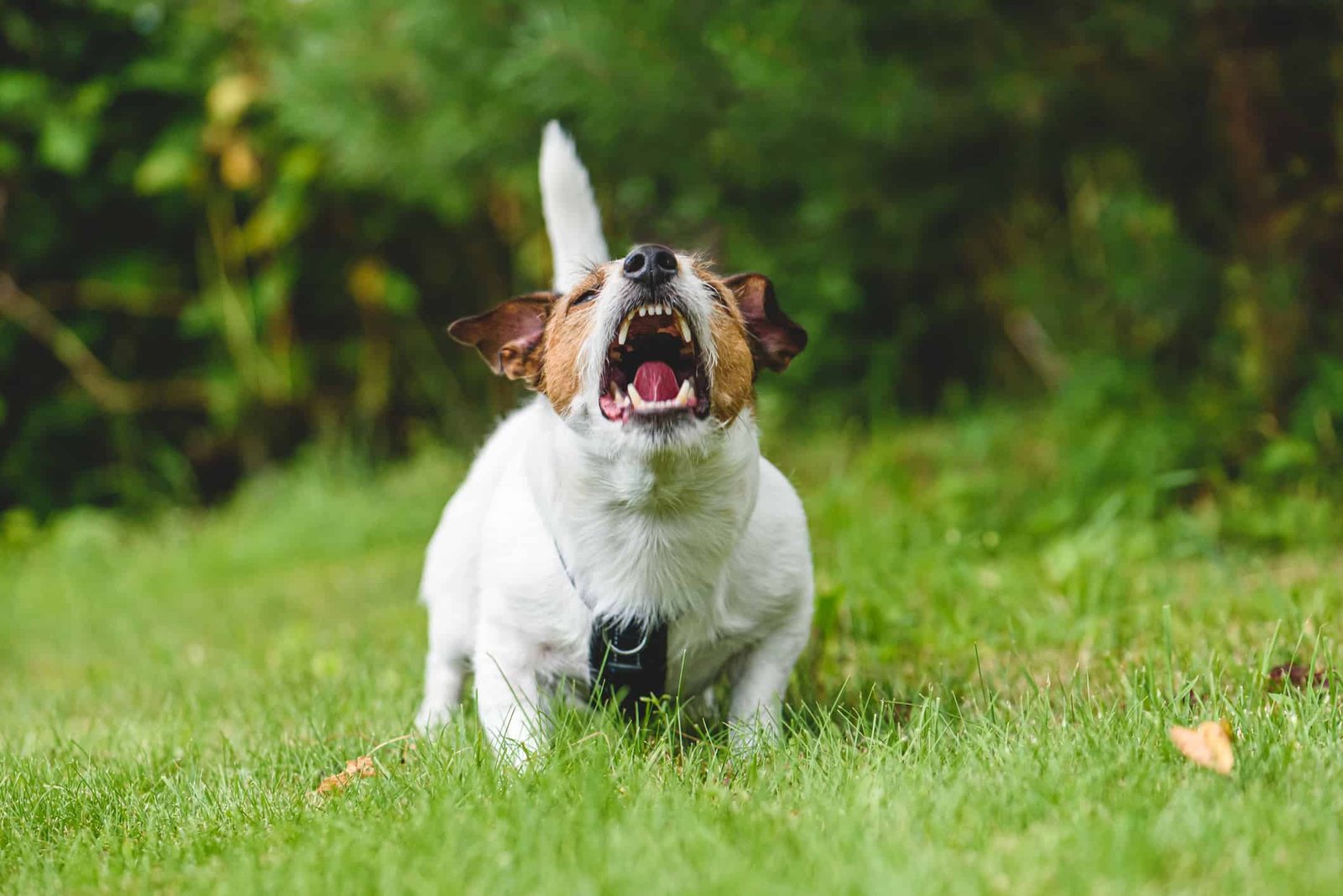
Definition of aggression in dogs
Aggression in dogs refers to behaviors that are intended to cause harm or intimidate others. These behaviors can range from growling and showing teeth as a warning, to biting or attacking. Aggression can be triggered by various factors such as fear, territoriality, resource guarding, or a lack of socialization.
Unlike reactive behavior, aggression in dogs is a direct response to a perceived threat or challenge. Aggression is a more serious behavior issue that requires immediate attention and professional help.
Importance of understanding the difference
Understanding the difference between reactivity and aggression is crucial for effectively managing and addressing these behaviors. Reactivity and aggression require different approaches in terms of management and resolution.
Misunderstanding reactive behavior as aggression can lead to inappropriate handling and unnecessary punishment for the dog. On the other hand, failing to recognize aggression as a serious behavior issue can result in dangerous situations for both the dog and the people or animals around them.
By properly identifying reactivity and aggression, dog owners can provide the most appropriate care and training to ensure the safety and well-being of their furry companions.
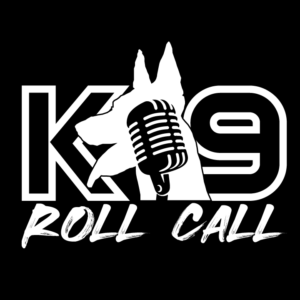
Different approaches for management and resolution
Reactivity and aggression require different approaches when it comes to management and resolution. Reactivity can often be treated through behavioral modification strategies aimed at changing underlying emotions and increasing a dog’s tolerance to triggering stimuli.
Behavior modification techniques such as counter-conditioning and desensitization can be used to help a reactive dog develop more positive associations with triggers. By gradually exposing the dog to the trigger at a distance and rewarding calm behavior, the dog can learn to respond more appropriately.
Aggression, on the other hand, is a more complex issue that often requires professional help. Addressing aggression requires a comprehensive understanding of the underlying causes and implementing an appropriate behavior modification and management strategy.
Professionals such as certified dog trainers, behaviorists, or veterinarians can help assess the dog’s aggression and develop a tailored plan to address and manage the behavior. This may involve a combination of training, medication (if necessary), and environmental management to ensure the safety of all involved.
Treating reactivity through behavioral modification
Reactivity in dogs can often be treated through behavioral modification techniques. The goal of these techniques is to change the dog’s emotional response to triggers, ultimately reducing or eliminating the reactive behavior.
Counter-conditioning is a common behavioral modification technique used to treat reactivity. It involves pairing the trigger with something positive, such as treats or play, to create a more positive association. This helps the dog learn to respond in a calm and relaxed manner when encountering the trigger.
Desensitization is another technique used to treat reactivity. It involves gradually exposing the dog to the trigger at a distance that does not elicit a reactive response. Over time, the dog is gradually brought closer to the trigger, building their tolerance and reducing reactivity.
It is important to note that treating reactivity requires consistency, patience, and a thorough understanding of the dog’s triggers and thresholds. Working with a professional dog trainer or behaviorist can greatly facilitate the treatment process and ensure the best possible outcome for the dog.
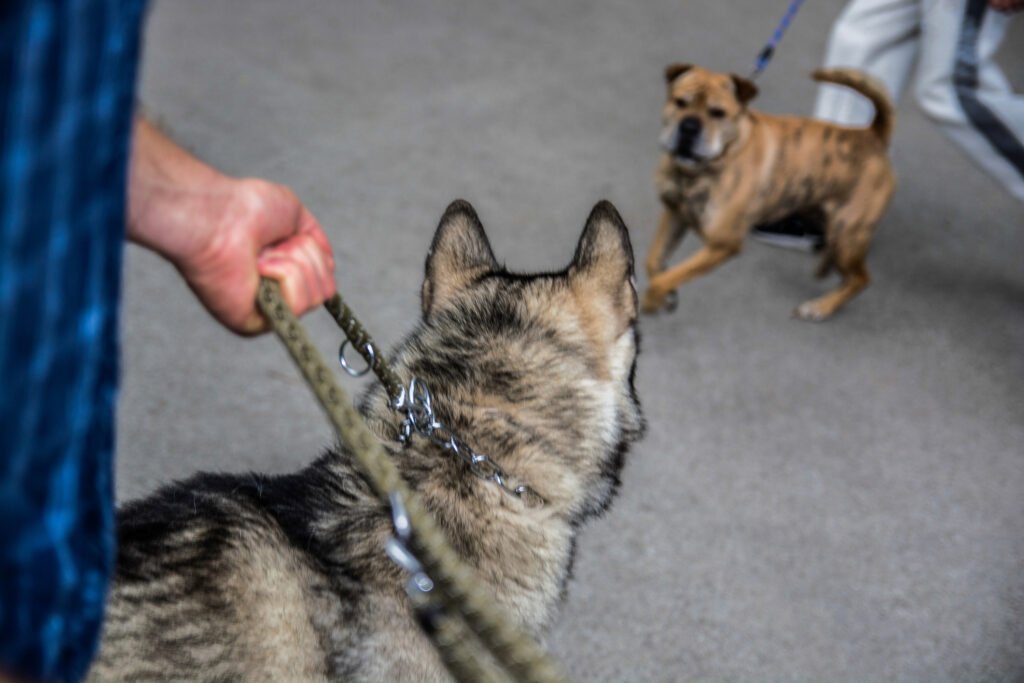
Addressing aggression with professional help
Unlike reactivity, aggression in dogs is a more serious behavior issue that often requires professional help for proper management and resolution. Aggressive behavior can pose a risk to the safety of both the dog and those around them, making it important to seek guidance from a qualified professional.
Professional help may come in the form of a certified dog behaviorist, a veterinarian with expertise in behavior, or a certified dog trainer experienced in addressing aggression. These professionals will conduct a thorough assessment of the dog’s aggression, identifying the triggers, underlying causes, and behavior patterns.
Once a professional assessment is made, an individualized behavior modification plan will be developed. This plan may include techniques such as positive reinforcement training, counter-conditioning, desensitization, or other specialized interventions tailored to the dog’s specific needs.
In some cases, the use of medication may be recommended to manage underlying conditions such as anxiety or fear that contribute to the dog’s aggression. However, medication alone is not sufficient and should always be combined with behavior modification techniques.
It is crucial to emphasize that addressing aggression requires a commitment from the dog owner to consistently implement the behavior modification plan and provide a safe and structured environment for the dog. With professional guidance, patience, and dedication, it is possible to manage and modify aggressive behavior in dogs.
Recognizing early signs of arousal
Recognizing the early signs of arousal in dogs is essential for preventing reactive or aggressive behavior. By identifying the signs that a dog is becoming stressed or anxious, owners can intervene and redirect their attention before the behavior escalates.
Common early signs of arousal include increased alertness, dilated pupils, tense body posture, elevated hackles, and increased respiration. Dogs may also exhibit repetitive behaviors such as pacing, lip licking, or yawning when they are feeling stressed or anxious.
By being attentive to these early signs, owners can prevent the dog from reaching their threshold and exhibiting reactive or aggressive behavior. This can be done by redirecting the dog’s attention towards more appropriate behaviors or removing them from the triggering environment altogether.
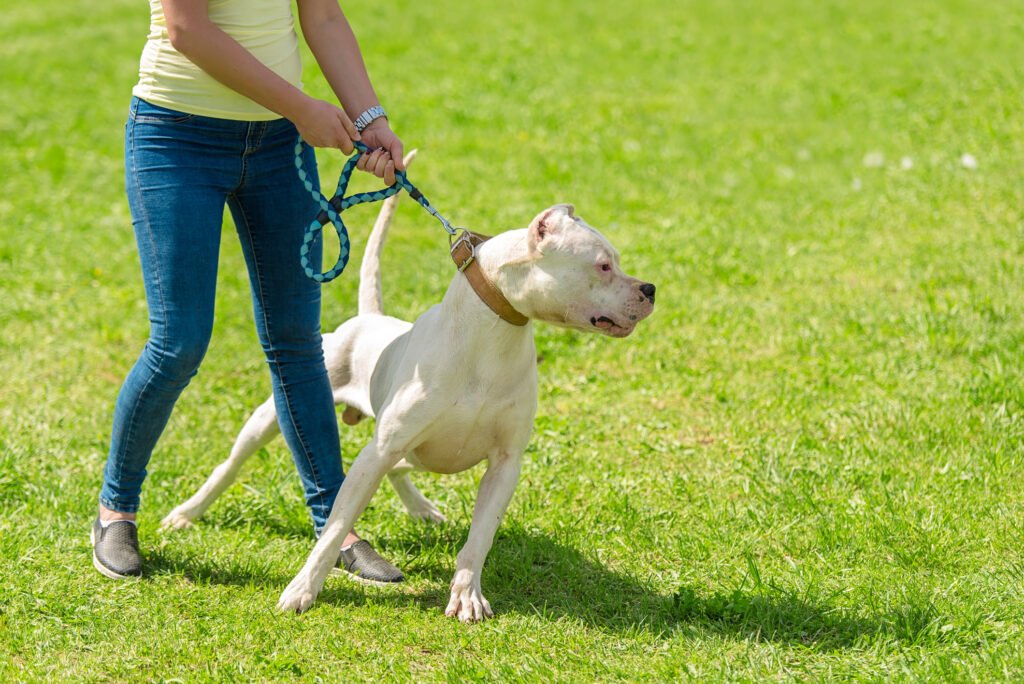
Redirecting the dog away from triggers
Redirecting the dog’s attention away from triggers is an effective way to manage reactive or aggressive behavior. By teaching the dog alternative behaviors to engage in, owners can redirect their focus and prevent unwanted reactions.
Positive reinforcement training techniques can be used to redirect the dog’s attention and reward desired behaviors. For example, if a dog becomes reactive when seeing another dog, the owner can immediately redirect their attention towards a command such as “sit” or “look at me” and reward them for responding appropriately.
In addition to redirecting the dog’s attention, it is important to create a safe and structured environment that minimizes exposure to triggers. This may involve keeping the dog on a leash when in public, providing a designated quiet space at home, or implementing management strategies such as using baby gates or crate training.
Understanding the underlying cause for a happy and stress-free life
Understanding the underlying cause of a dog’s reactive or aggressive behavior is crucial for helping them live a happy and stress-free life. Reactive and aggressive behaviors are often a result of fear, anxiety, or a lack of socialization. By addressing these underlying causes, owners can provide their dogs with the support they need to thrive.
This may involve working with a professional to identify and address any past traumatic experiences, implementing desensitization and counter-conditioning techniques, or providing the dog with additional socialization opportunities in a controlled environment.
It is important for dog owners to remember that reactive and aggressive behaviors are not a reflection of a dog’s character. With patience, understanding, and appropriate training, these behaviors can be managed or even resolved, allowing dogs to lead happy, well-adjusted lives.
In conclusion, understanding the difference between reactivity and aggression in dogs is crucial for effectively managing and addressing these behaviors. Reactivity often stems from fear or anxiety and can be addressed through behavioral modification techniques. Aggression, on the other hand, requires professional help to address the underlying causes and implement an appropriate behavior modification and management strategy. Recognizing early signs of arousal and redirecting the dog away from triggers can be helpful in managing these behaviors. By understanding the underlying cause, dog owners can provide their furry companions with the support they need to live a happy and stress-free life.



